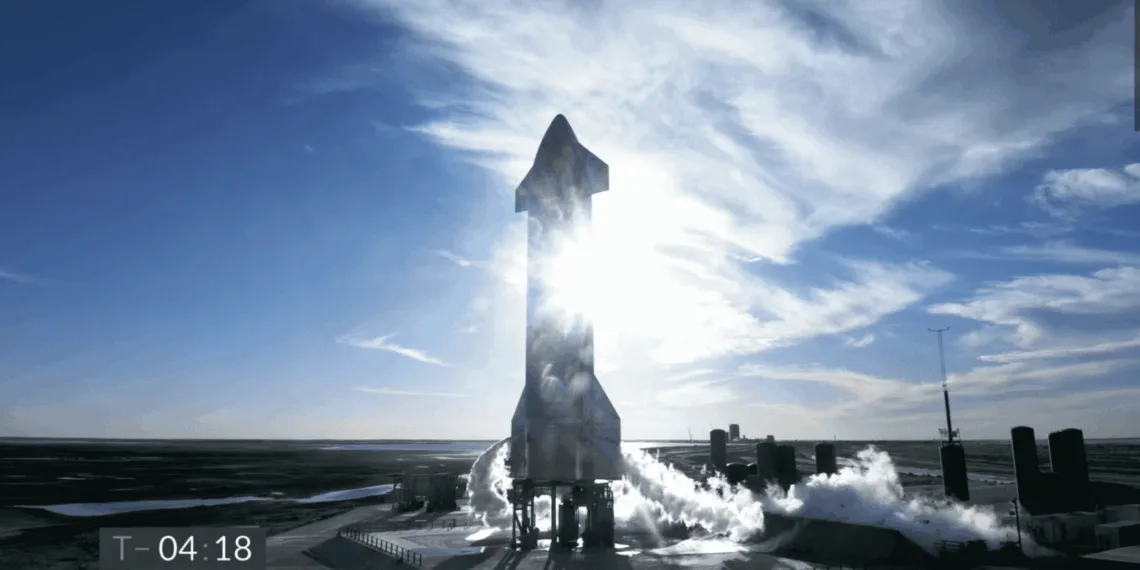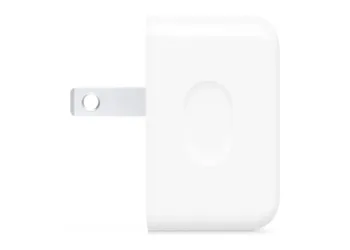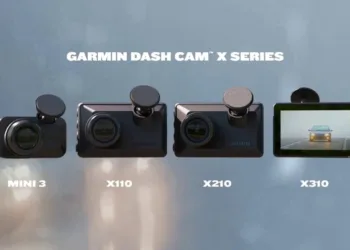SpaceX recently announced that it plans to generate radar-based wind models for its test facility in Boca Chica, Texas. It recently made a filing to the Federal Communications Commission’s (FCC) Office of Experimental Technologies (OET) last week, and according to the document, the company plans to “Generate historical wind models at the Boca Chica Range,” using a third-party manufacturer’s tropospheric radar wind profiler.
If the plan gets approved, then SpaceX will manage one of the biggest hurdles towards maintaining a successful launch cadence for modern-day spaceflight. To create wind models for Boca Chica, SpaceX will use Colorado-based Radiometric Corp.’s FBS-T (Full Beam Steering – Troposphere) tropospheric radar wind profiler.
According to sources, the profiler can read wind activity for altitudes as high as 8 kilometres and uses a 400Mhz – 500Mhz frequency band for this purpose.
This experimental program aims to generate wind models of the Boca Chica Range using data from a “Tropospheric Radar Wind Profiler”. This instrument depends on the scattering of a transmitted signal by irregularities in the index of refraction of the air. The irregularities are caused by turbulent eddies created by the wind. By receiving the scattered signal and determining the Doppler frequency, the speed of the wind can be determined.
The experimental use of the Radar Wind Profiler will contribute to the development of the Starship program, with the ultimate goal of making mankind a multi-planetary species, in the areas of flight safety and reliability by providing accurate, reliable wind speed/direction data.
SpaceX has requested the Commission to grant it the temporary authorization for two years since it is also gearing up to test the Starship SN15 prototype in Texas. This will be the fifth high-altitude test of the upper-stage rocket.








